The average cost of security depends on the selected service requirements and the category of officer or agent added.
The average cost of security depends on the selected service requirements and the category of officer or agent added.
The average cost of security depends on the selected service requirements and the category of officer or agent added to special skill sets that would be needed to fulfill the obligation of the service requested inclusive of tools and personal protective gear e.g. patrolling, detecting, and fighting off an intruder, alerting armed response, canine handlers, VIP protection agent, etc.
To more accurately estimate your costs, you’ll need to consider the level of service you expect, the hours of work, the no. of officers, and the frequency added with any special requirements in the context of the officer’s Kit, Special tools, and equipment with any insurance coverage to mitigate risks.
TCoS starts with expected spending on security and security-related costs (losses, etc.) that are reflected in an organization’s budget. Then add the cost of insurance premiums to cover losses with low probability-high impact losses, but below the level of catastrophe. Finally, the cost of business continuity allocated to information security is added. Once these three components are added, the result is a TCoS in current dollars for the next time.
One of the biggest factors to consider is the risks associated with the job as well as the risks security officers are facing.
1. What would be your rates of theft and violent crime?
2. Have surrounding businesses experienced recent break-ins?
3. Is the establishment a target for criminal elements?
4. What are the crime statistics indicators? In general, on-site security will be more expensive in municipal areas than in rural, and prices will rise as crime rates do.
It is a well-known fact that crime rates and their impact is higher for urban areas, with the following three explanations for this:
1. The degree of urbanization and populated density,
2. The greater rate of migration and population growth in urban areas, and
3. The differences in demographic structures between urban and rural areas.
The reality is that cities have greater access to wealth, greater anonymity, and a larger population density, which reduces the likelihood of arrest and the ability to attract crime-prone individuals.

An officer’s pay is the first component of the equation; and, in truth, it is the majority of the expense. On average, we see officer pay make up anywhere from 67-75% of the final bill rate – a unique factor in this industry.

It is necessary to factor in additional deductions after officer pay. Items like taxes and workers' compensation can make up 15% of the final bill rate and might also include deductions, benefits, union fees, and more.

Adding to that final bill rate are indirect costs. Uniforms, equipment, paid time off, as well as medical and benefits.
Costs that must also be considered hiring fees and onboarding fees; solidifying the overall cost to hire and retain talent – not including officer training and certifications. All these indirect costs will impact the final bill rate.
These are ongoing expenses that may be more difficult to quantify but are part of the value of the overall cost
The turnover of staff in security can impact the cost, Every time a security guard firm loses an employee, for example, taxes and workers' compensation are impacted. The cost to recruit, hire, and train any replacements must also be considered as well as the uniform and equipment and replacement costs that arise due to an employee’s departure. These costs can also influence the rise of non-billable hours – costs that ultimately weigh on margins and impact bill rates.
The turnover of staff in security can impact the cost, Every time a security guard firm loses an employee, for example, taxes and workers’ compensation are impacted. The cost to recruit, hire, and train any replacements must also be considered as well as the uniform and equipment and replacement costs that arise due to an employee’s departure. These costs can also influence the rise of non-billable hours – costs that ultimately weigh on margins and impact bill rates.
Security officers are responsible for protecting life or property by patrolling and apprehending suspicious or unlawful individuals. Security offers reassurance to the public as well as prevents theft or criminal activity. Security officers are required to have an extensive working knowledge of firearms and self-defense to protect the properties, the individuals, and themselves during an incident.
Here are just a few of the services a security provider can offer:
The type of security you hire will affect the level of professionalism you need, therefore the cost too. Experience includes both the length of time on the job and the type of experience.
Armed security officers protect clients, and property from harassment, physical attack, vandalism, and other forms of abusive or unauthorized treatment. Carries a weapon for de-escalation and defensive purposes. Utilizes the weapon in times of extreme attack, when non-violent options have been exhausted.
Canine security officers handle and use the skills of dogs to assist in the execution of their duties such as patrolling location property and grounds with canines on a leash. You need to say why a canine vs something else.
A bodyguard provides personal protection to clients from threats such as assault, kidnapping, and stalking by assessing threats, planning routes, and searching cars and buildings. Duties include but are not limited to:
Mobile patrol security guards secure premises and personnel by patrolling property; monitoring surveillance equipment; and inspecting edifices, equipment, and access points; permitting or refusing entry. A Typical Shift for Mobile Security Includes:
If anything appears out of the ordinary, Mobile Security Officers will promptly deal with situations. They do this based on incident escalation protocols and pre-agreed upon instructions.
Mobile Security Officers also answer alarms and dispatches from several alarm monitoring stations. These alarms include burglar alarms, fire alarms, and anything that requires after-hour access to buildings. They also walk through client spaces to see if there are:
Visit contract locations and conduct performance audits to ensure compliance with policy and agreed operational standards. Duties include but are not limited to:
Security Supervisor ensures the professional operation, administration, and performance of a variety of security services for a customer’s site. The Supervisor will oversee facility security to protect all company assets. The Security Supervisor may also manage and/or implement security protocols related to the storage of confidential information and documents.
THE TYPES OF ACTIVITIES a SECURITY SUPERVISOR PERFORMS INCLUDE:
Supervising a team of security officers ensuring the best possible service delivery
Inducting new personnel ensuring they are aware of site security procedures
Ensuring quality of service, contract compliance, and that operational KPIs are met
Leading the team in incident management and conflict resolution
Provides and/or implements security and security protocols for all assigned facilities.
Taking proactive steps to provide a safe and secure working environment to staff and visitors.
Providing specialized security for and monitors access to limited and restricted access areas such as inventory areas, network equipment areas, and employee files and confidential records.
Conduct regular walk-throughs and security inspections for assigned facilities.


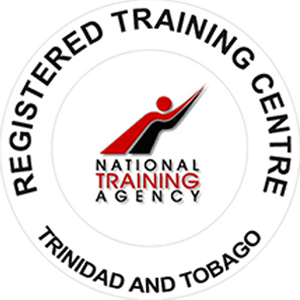
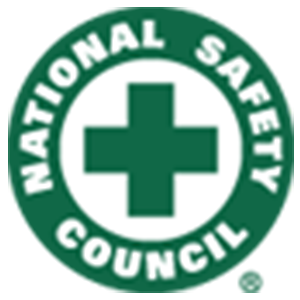

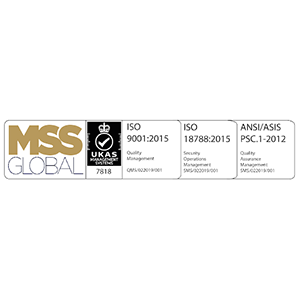
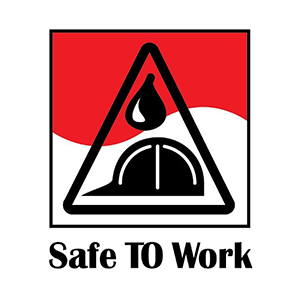



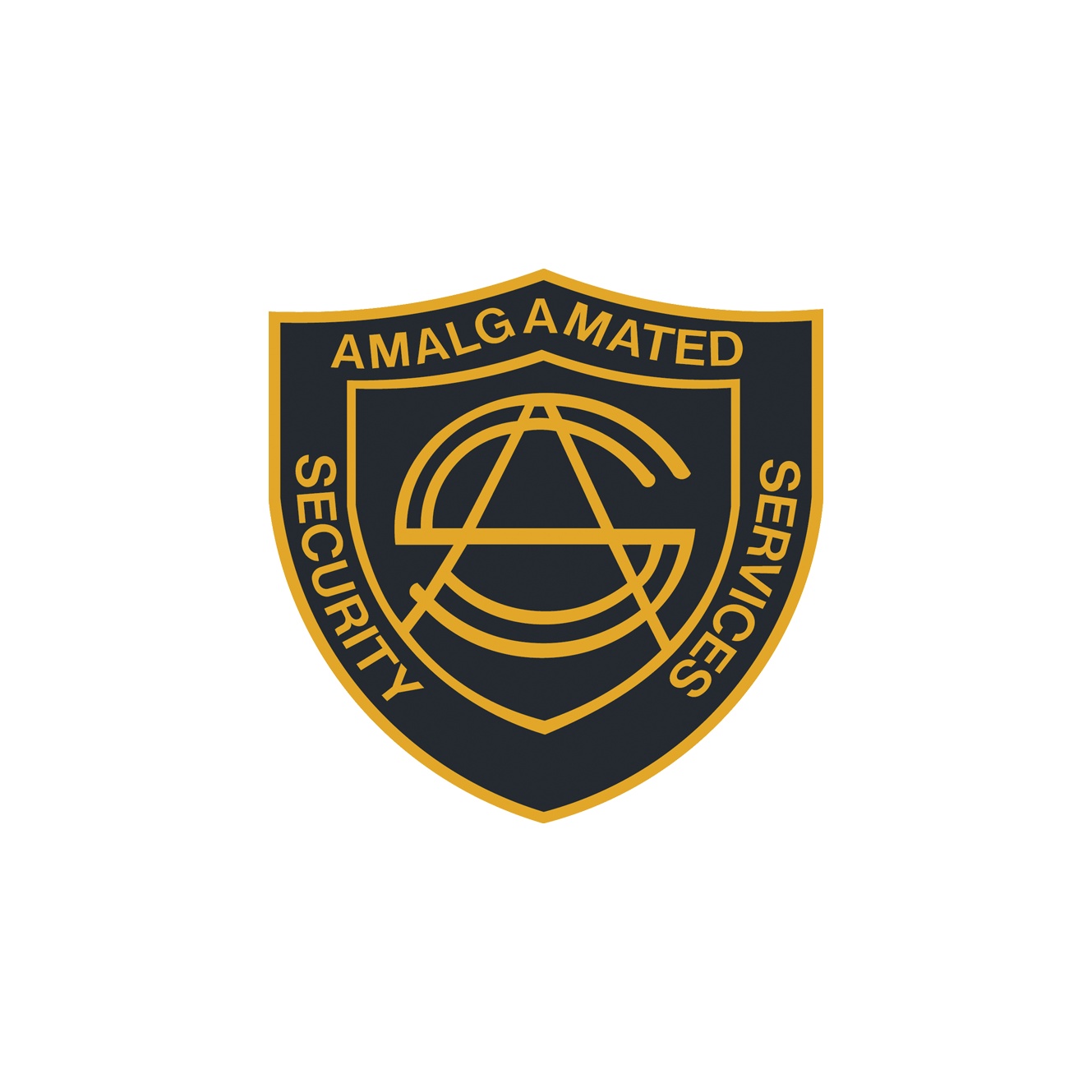
Amalgamated Security Services (Barbados) Limited has been and remains the widely recognised leader in the expanding field of security and public safety services across Barbados, the Caribbean and internationally.
Mr. Andre Coore
Email: acoore@asslbarbados.com
Tel: 246-836-9880
Building #1, RK Komplex Pine Industrial Estate, St. Michael, Barbados
© 2023 All Rights Reserved Amalgamated Security Services (Barbados) Limited.
You cannot copy content of this page
Javascript not detected. Javascript required for this site to function. Please enable it in your browser settings and refresh this page.